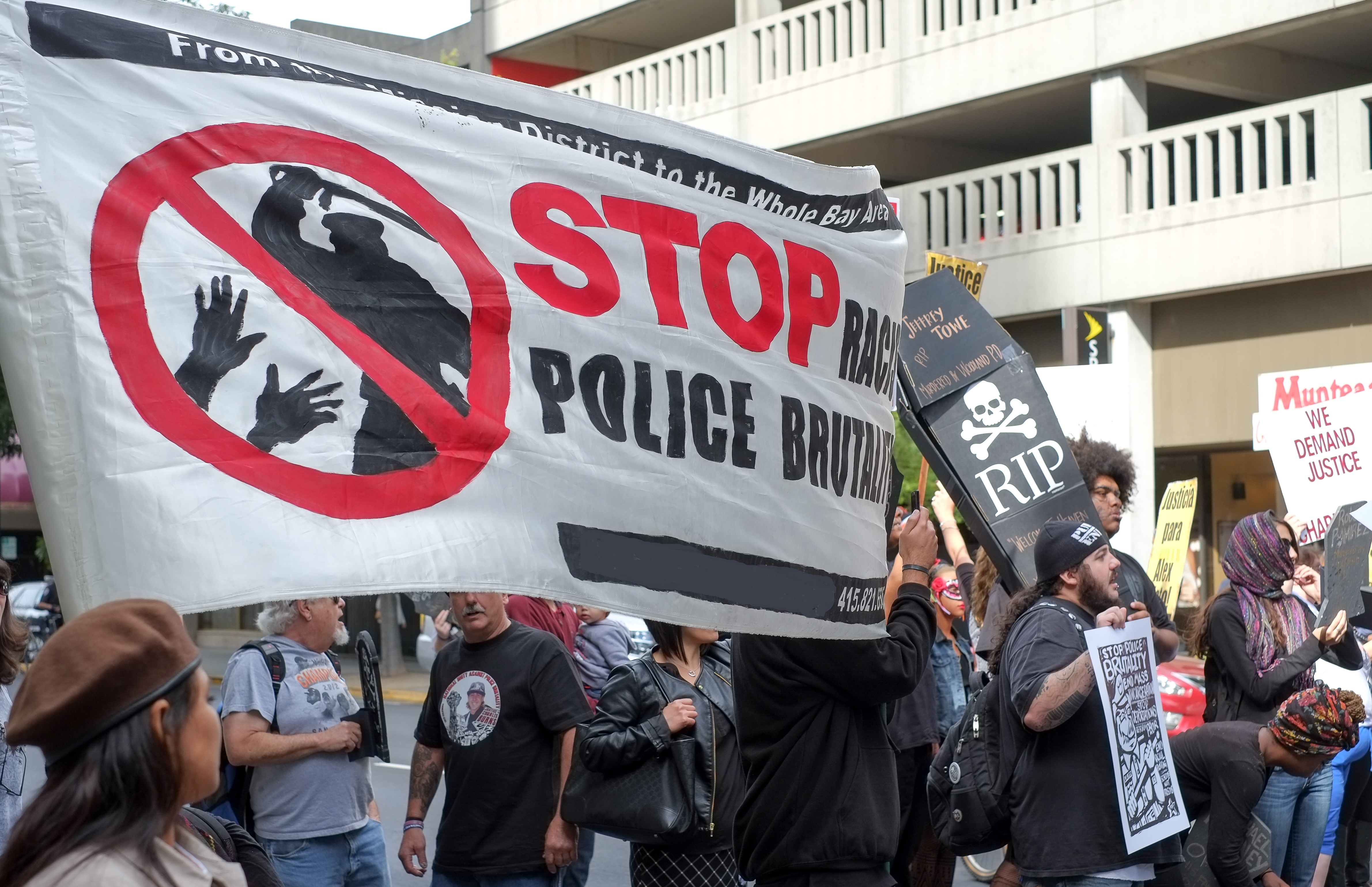Almost 27 years ago, the U.S. Supreme Court decided Graham v. Connor and established that claims of excessive force by law enforcement officers should be judged under an “objective reasonableness” standard. In the years since, some people, including many criminal defense attorneys, have suggested that officers should be held to a different standard. What these attorneys fail to mention is that many of their own professional decisions are judged under this exact same “objective reasonableness” standard.

Specific police use of force cases have brought the Graham v. Connor standard into light, with some questioning whether police should be held to a different standard. Photo credit: Rachael Towne / Shutterstock.com
There has been an increase in scrutiny of police use of force in recent years. Some have taken aim at the Graham decision, calling it too broad or not enough, saying it “gives police a free pass” and fails to “answer adequately the most basic questions about police uses of force.” One civil rights attorney argued that recent court decisions are “not a path towards justice but rather a series of obstacles to holding police accountable for civil rights violations.” In some places, legislators have proposed laws that would change the Graham standard.
Police executives, agencies and associations have weighed in on all sides of the issue. Some suggest that “objective reasonableness” is not good enough. Some want to require very specific use of force rules. Some want to use facts not known at the time of the use of force incident to decide whether an officer acted appropriately. Some want to judge officers’ actions based on the outcome of the incident.
Five years before the Graham decision, the U.S. Supreme Court decided Strickland v. Washington. Strickland challenged his murder conviction on the grounds that his defense attorney was ineffective. This is a far cry from a police use of force case but, as you will see, the similarities are remarkable.
Admittedly, the stakes are high in a criminal trial and lawyers do have to make split-second decisions. But criminal defense attorneys have days, weeks and months to prepare and to consider alternatives, and the defense attorney’s own life is not usually at stake. Contrast this with the split-second use of force decisions that law enforcement officers make in circumstances that are tense, uncertain and rapidly unfolding.
Let’s take a closer look at this case and how it can inform our understanding of the Graham standard.
Objective Reasonableness. In discussions about the police use of force, it’s rarely mentioned that the current objective reasonableness standard is also used to judge criminal defense counsel. In Strickland, the court wrote, “When a convicted defendant complains of the ineffectiveness of counsel’s assistance, the defendant must show that counsel’s representation fell below an objective standard of reasonableness” (Strickland v. Washington, 466 U.S. 668 (1984) at 687).
Specific Rules. One proposal that sometimes comes up in the police use of force debate is to judge officer actions using very specific rules. Here is what the Strickland court said about using specific guidelines to judge the decisions of a criminal defense attorney:
More specific guidelines are not appropriate. No particular set of detailed rules … can satisfactorily take account of the variety of circumstances faced by defense counsel or the range of legitimate decisions regarding how best to represent a criminal defendant. Any such set of rules would … restrict the wide latitude counsel must have in making tactical decisions. Indeed, the existence of detailed guidelines for representation could distract counsel from the overriding mission of vigorous advocacy of the defendant’s cause” (Id. at 688-689).
Hindsight. Some people want to consider facts not known to the officer, or the outcome of the situation, to judge a use of force. A key aspect of Graham is the direction that we not judge police use of force with “20/20 hindsight.” Consider the classic example of an officer who reasonably believes an individual is pointing a gun at the officer but it is later determined that the object is harmless.
Here is what the Strickland court thought about using hindsight to judge a criminal defense attorney’s conduct:
A fair assessment of attorney performance requires that every effort be made to eliminate the distorting effects of hindsight, to reconstruct the circumstances of counsel’s challenged conduct, and to evaluate the conduct from counsel’s perspective at the time. Thus, a court deciding an actual ineffectiveness claim must judge the reasonableness of counsel’s challenged conduct on the facts of the particular case, viewed as of the time of counsel’s conduct” (Id. at 689). It is all too tempting for a defendant to second-guess counsel’s assistance after conviction or adverse sentence, and it is all too easy for a court, examining counsel’s defense after it has proved unsuccessful, to conclude that a particular act or omission of counsel was unreasonable” (Id. at 689).
It is rare that a criminal trial proceeds exactly as either side can plan or predict. It is neither reasonable nor fair to defense counsel to judge their performance based on hindsight, outcome or facts not known at the time of trial.
Presumption of Reasonableness. When evaluating the conduct of a criminal defense attorney, the courts actually move a step further than the Graham decision: They explicitly presume that the attorney’s conduct was reasonable. As the Strickland court noted, “ court must indulge a strong presumption that counsel’s conduct falls within the wide range of reasonable professional assistance” (Id. at 689).
Both Graham and Strickland reflect the understanding that lawyers and law enforcement officers alike are fallible, imperfect human beings and should be judged accordingly. When people suggest that Graham affords some special protection to law enforcement, we should remind them that the standard in Graham is a fair, just and logical standard used to judge the behavior of others—often in situations far less stressful, dangerous and complex than police use of force incidents.



